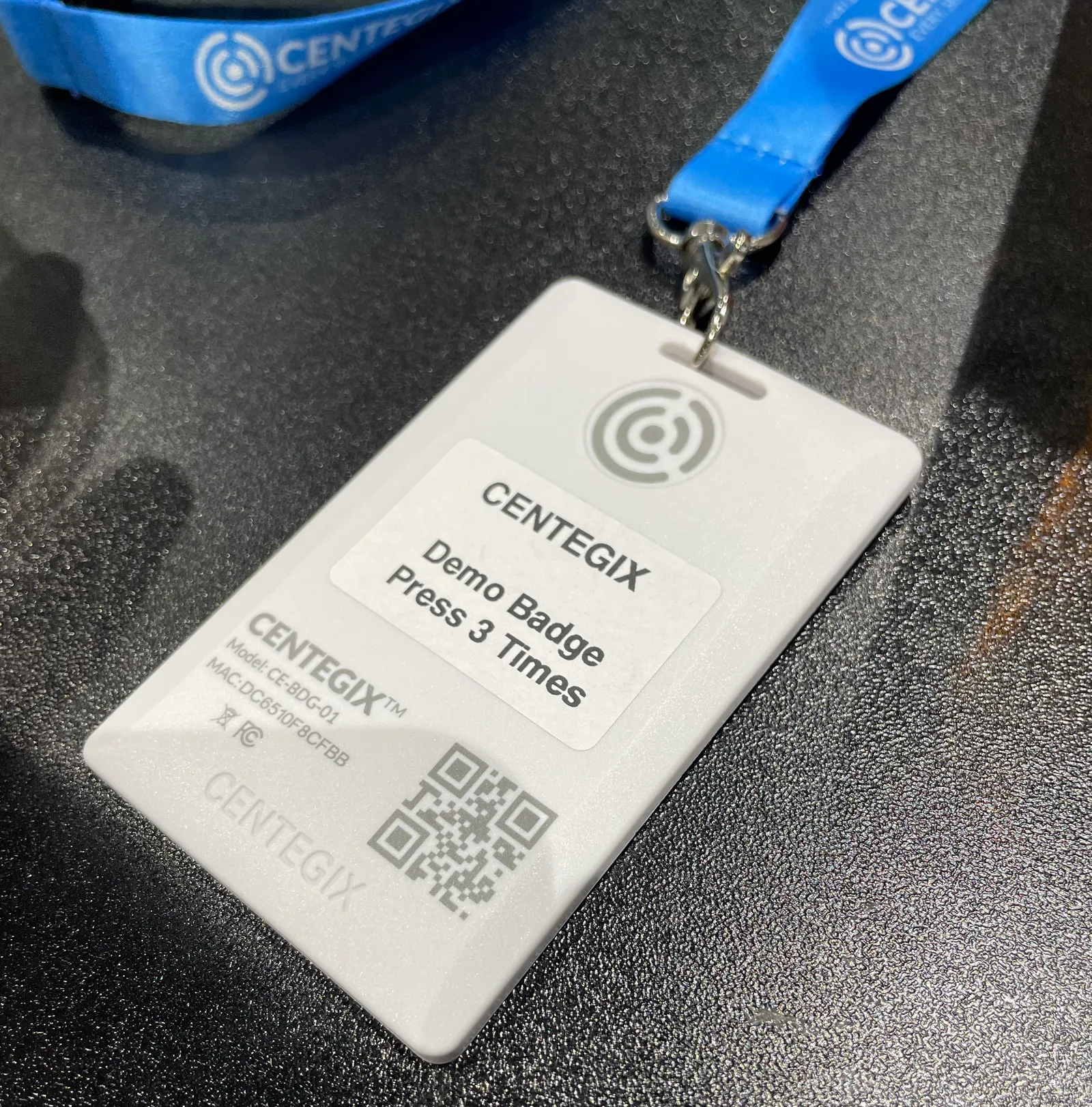SAN DIEGO — In the six years since the mass shooting at Florida’s Marjory Stoneman Douglas High School, a number of states have enacted or considered variations of Alyssa’s Law.
The legislation, named for 14-year-old victim Alyssa Alhadeff, requires schools to be equipped with silent panic alarm systems to directly notify law enforcement during emergencies. Variations of the law are currently in effect in New Jersey, Florida, New York, Texas and Tennessee.
But even in states where these alarm systems aren’t required, their use is proving to be a school safety game-changer, superintendents from Kansas and Maine told attendees Thursday at the National Conference on Education held by AASA, The School Superintendents Association. And that's not just for lockdown-level incidents, but also for student and staff health emergencies, behavioral issues and other incidents.
“So many of us think this can’t happen in our district,” said Andrew Dolloff, superintendent of Yarmouth School Department in Maine. Two months after his district implemented a badge-based panic button system — in which teachers and staff wear an ID card-sized badge featuring a panic button on a lanyard — a shooting spree at several businesses in nearby Lewiston, Maine, killed 18 people.
His fellow panelists — Brent Yeager, superintendent of Olathe Public Schools, and Tonya Merrigan, superintendent of Blue Valley School District — lead suburban districts in Kansas that were impacted by Wednesday’s Super Bowl victory parade shooting in nearby Kansas City. And Olathe Public Schools also experienced a school shooting in 2022 in which the school’s assistant principal, a resource officer and the shooter were injured.
Lowering response times reduces casualties in a major crisis situation, Dolloff said, but it’s also crucial in a staff-reported incident such as a health emergency, a fight, or a restraint and seclusion situation “that might be escalating beyond what is typical.”
“Time can be an asset or an adversary, depending upon how it’s applied,” said panel moderator Roderick Sams, chief development officer for Centegix, a panic alarm solutions provider.
All three panelists said safety belongs at the top of strategic plans. Blue Valley School District’s strategic plan, for instance, has three basic goals: to have an exemplary educator in every classroom, to prioritize health and well-being of every staff member and student, and to achieve academic success.
“None of those goals can happen if people don’t feel safe,” Merrigan said. A crisis alert button “is just another layer that goes into that.”
Wearable crisis alert buttons make a difference
Yeager said one of the most powerful outcomes of adopting a wearable crisis alert solution is that the badge can be worn alongside another ID tag, and it’s just a button you push to get help.
In the system adopted by Olathe, Blue Valley and Yarmouth, for instance, the number of button presses — three or eight — determines the type of response.
Three presses signifies an isolated crisis such as a health emergency or a fight. Eight presses indicates a schoolwide, lockdown-level event.

Who receives the alerts is determined by district administrators. An isolated crisis, for instance, might go to a school nurse, a building administrator or a resource officer. A lockdown-level emergency could alert district-level administrators to notify law enforcement and trigger a lockdown from a phone-based app — or the alert can be set up with local dispatchers to go immediately to law enforcement and other first responders.
Discussing the differences between room-based, app-based and wearable panic buttons, Dolloff said his district examined all three options. He got feedback, including from his wife, a classroom teacher, who said that in a crisis situation, she might not know where her phone is or struggle in the moment to unlock the phone and find the app. Hitting a button on a badge three times would be much simpler, she told him.
Principals in Yarmouth, Dolloff added, have had zero false alarms, as it takes three or eight pushes in rapid succession to send an alert.
In Olathe, Yeager said, the district previously used a walkie-talkie or phone system for these alerts — but in many cases, that would lead an isolated crisis to become disruptive to the entire school or part of the school. A silent panic alarm system, he said, doesn’t divert the attention of the entire building if not warranted.
Highlighting examples where wearable panic buttons have already saved lives by improving response times, Yeager shared the story of a band teacher who had a heart attack early one morning on a sports field. In the past, someone would have had to run to the school building and alert someone to get help, but in that instance, they were able to instantly signal for help then and there.
“Everyone feels like they can do something”
The ease of using a wearable panic button was central to its adoption in Blue Valley, Merrigan said. Some buildings in her district, for instance, have cinder block construction, which can create dead spots for cell or WiFi coverage, making it more difficult for a phone-based panic button app to be failproof.
Yeager echoed that sentiment, noting that wearable panic buttons enabled all 5,000 district staff members — from teachers to custodians to lunch staff to front office employees — to feel empowered. “Everyone feels like they can do something.”
During the buy-in and adoption process, the two most common areas of resistance all three district leaders faced were concerns from staff and union reps about tracking and skepticism from PTO members and other school stakeholders as to whether the tech would actually work to curb response times.
In terms of tracking, the system adopted by Olathe, Blue Valley and Yarmouth only tracks the location of users’ badges when an alert is actually sent — and the badges only work on school grounds when connected to the system’s network. A staff member can’t, for example, accidentally trigger a false alarm from home.
As for demonstrating that it actually works? Merrigan said that following a live demonstration for PTO and PTA reps to show how quickly the system would trigger a response, those present felt reassured. “There has not been pushback on this initiative in our district, and I don’t know if there’s anything else I can say that about,” she said.
Likewise, in Yarmouth — where the panic system is set up to automatically alert first responders including local law enforcement, firefighters, rescue services, sheriff’s department and state police — their lockdown response was accidentally triggered during a training session, bringing immediate calls to Dolloff from police, fire and rescue. Aside from that, he said there have been no other eight-button pushes in the district.
Data can suggest where attention, resources needed
With the system in use in Olathe, Blue Valley and Yarmouth, administrators also receive incident data by school and staff member.
Across Blue Valley’s 39 campuses, Merrigan said, the more isolated three-push alerts have been triggered for behavior 118 times, 53 times for students running away, 65 times for medical issues, and seven times for physical altercations. On two occasions, the eight-button lockdown response was triggered for suspicious behavior, including a domestic disturbance involving an armed person behind the district’s early childhood center in January.
Administrators can also tell, for instance, who pushes the button more than anyone else and use that information to make data-driven decisions where more attention might be needed for behavioral support or professional development. Merrigan noted that 42 of her district’s behavior alerts had been triggered in one building, which led administrators to deploy more resources to that location.
In Olathe, Yeager said his team was able to use the data to see which employee triggered alerts more than anyone else in the district — in this case, a kindergarten teacher “who probably needs some behavior intervention support in the classroom.”
“You can just look at that and go, ‘Here are the classrooms. Here are the people who are pushing it the most. What do we need to do to get support for people in those classrooms?'” Yeager said. “Because of the data it produces, it’s created the opportunity to have pretty productive conversations not only about safety and security, but also about instruction and what we’re doing to support our students in crisis across the system.”




















